New Processing Technique of Jacobian Elliptic Equation and Its Application to the (3+1)-Dimensional Modified Korteweg de Vries–Zakharov–Kuznetsov Equation
Abstract
:1. Introduction
2. Method
- where p2, q2, and r2 are parameters of the Jacobian elliptic function. Equation (8) is widely used in the process of solving NLEEs due to its symmetry, constructability, and diversity of solutions [21,22,26]. By selecting different p2, q2, and r2, the mapping of Jacobian elliptic function solutions for Equation (8) is shown in Table 1. It should be pointed out that in the first column of the table, mean , and .
- where i2 = −1. From the table above, it can be seen that the Jacobian elliptic function solution of Equation (8) exhibits symmetry. If the elliptic equation is solved by f(ξ) with parameters p, q, and r, then 1/f(ξ) must also be its solution. At this point, the symmetry of the elliptic parameters is manifested as r, q, and p. For example, when is its solution with , = , and , then 1/ is also its solution with = , and . Substituting Equations (7) and (8) into (6) and setting the coefficients of gi(ξ) to zero yields a set of algebraic equations for p1, q1, r1, a0, a1, and a2. Solving the algebraic equations, p1, q1, r1, a0, a1, and a2 can be expressed as follows:
- Family 1
- Family 2
- Family 3
- Family 4
- Family 5
- Family 6
3. Application to the (3+1)-Dimensional mKDV-ZK Equation
- Case 1where .
- Case 2where .
- Case 3where .
- Case 4where .
- Case 5where .
4. Example of the Solutions
5. Discussion and Conclusions
Author Contributions
Funding
Data Availability Statement
Acknowledgments
Conflicts of Interest
References
- Wazwaz, A.M. The extended tanh method for new compact and noncompact solutions for the KP–BBM and the ZK–BBM equations. Chaos Solitons Fractals 2008, 38, 1505. [Google Scholar] [CrossRef]
- Yusofoǧlu, E. New solitonary solutions for the MBBM equations using Exp-function method. Phys. Lett. A 2008, 372, 442. [Google Scholar] [CrossRef]
- Gardner, C.S.; Greene, J.M.; Kruskal, M.D.; Miura, R.M. Method for solving Korteweg-de Vries equation. Phys. Rev. Lett. 1967, 19, 1095. [Google Scholar] [CrossRef]
- Su, C.H.; Gardner, C.S. Korteweg-de Vries Equation and Generalizations. III. Derivation of the Korteweg-de Vries Equation and Burgers Equation. J. Math. Phys. 1969, 10, 536. [Google Scholar] [CrossRef]
- Li, Z.B.; Wang, M.L. Travelling wave solutions to the two-dimensional KdV-Burgers equation. J. Phy. A Math. Gen. 1993, 26, 6027. [Google Scholar] [CrossRef]
- Ito, M. An Extension of Nonlinear Evolution Equations of the K-dV (mK-dV) Type to Higher Orders. J. Phys. Soc. Jpn. 1980, 49, 771. [Google Scholar] [CrossRef]
- Guo, H.D.; Xia, T.C.; Hu, B.B. High-order lumps, high-order breathers and hybrid solutions for an extended (3+1)-dimensional Jimbo-Miwa equation in fluid dynamics. Nonlinear Dyn. 2020, 100, 601. [Google Scholar] [CrossRef]
- Lan, Z.Z.; Guo, B.L. Nonlinear waves behaviors for a coupled generalized nonlinear Schrodinger-Boussinesq system in a homogeneous magnetized plasma. Nonlinear Dyn. 2020, 100, 3771. [Google Scholar] [CrossRef]
- Biswas, A.; Ekici, M.; Sonmezoglu, A.; Belic, M.R. Solitons in optical fiber Bragg gratings with dispersive reflectivity by extended trial function method. Optik 2019, 182, 88. [Google Scholar] [CrossRef]
- Seadawy, A.R.; Lu, D.C.; Nasreen, N.; Nasreen, S. Structure of optical solitons of resonant Schrodinger equation with quadratic cubic nonlinearity and modulation instability analysis. Phys. A 2019, 534, 122155. [Google Scholar] [CrossRef]
- Abdoud, M.A.; Owyed, S.; Abdel-Aty, A.; Raffan, B.M.; Abdel-Khalek, S. Optical soliton solutions for a space-time fractional perturbed nonlinear Schrödinger equation arising in quantum physics. Results Phys. 2020, 16, 102895. [Google Scholar] [CrossRef]
- Peng, W.Q.; Tian, S.F.; Zhang, T.T. Dynamics of the soliton waves, breather waves, and rogue waves to the cylindrical Kadomtsev-Petviashvili equation in pair-ion-electron plasma. Phys. Fluids 2019, 31, 102107. [Google Scholar] [CrossRef]
- Yan, C.T. A simple transformation for nonlinear waves. Phys. Lett. A 1996, 224, 77. [Google Scholar] [CrossRef]
- Arshad, M.; Seadawy, A.R.; Lu, D.C.; Wang, J. Travelling wave solutions of Drinfel’d-Sokolov-Wilson, Whitham-Broer-Kaup and (2+1)-dimensional Broer-Kaup-Kupershmit equations and their applications. Chin. J. Phys. 2017, 55, 780. [Google Scholar] [CrossRef]
- Seadawy, A.R. Stability analysis solutions for nonlinear three-dimensional modified Korteweg-de Vries-Zakharov-Kuznetsov equation in a magnetized electron-positron plasma. Phys. A 2016, 455, 44. [Google Scholar] [CrossRef]
- Liu, J.B.; Yang, K.Q. The extended F-expansion method and exact solutions of nonlinear PDEs. Chaos Solitons Fractals 2004, 22, 111. [Google Scholar] [CrossRef]
- Zhang, S. Application of Exp-function method to a KdV equation with variable coefficients. Phys. Lett. A 2007, 365, 448. [Google Scholar] [CrossRef]
- Seadawy, A.R. Stability analysis for Zakharov-Kuznetsov equation of weakly nonlinear ion-acoustic waves in a plasma. Comput. Math. Appl. 2014, 67, 172. [Google Scholar] [CrossRef]
- Seadawy, A.R. Stability analysis for two-dimensional ion-acoustic waves in quantum plasmas. Phys. Plasmas 2014, 21, 052107. [Google Scholar] [CrossRef]
- Shek, E.C.M.; Chow, K.W. The discrete modified Korteweg-de Vries equation with non-vanishing boundary conditions: Interactions of solitons. Chaos Solitons Fractals 2008, 36, 296. [Google Scholar] [CrossRef]
- Liu, S.K.; Fu, Z.T.; Liu, S.D.; Zhao, Q. Jacobi elliptic function expansion method and periodic wave solutions of nonlinear wave equations. Phys. Lett. A 2001, 289, 69. [Google Scholar] [CrossRef]
- Boateng, K.; Yang, W.G.; Yaro, D.; Otoo, M.E. Jacobi Elliptic Function Solutions and Traveling Wave Solutions of the (2+1)-Dimensional Gardner-KP Equation. Math. Methods Appl. Sci. 2020, 43, 3457. [Google Scholar] [CrossRef]
- Li, H.M. Searching for the (3+1)-dimensional Painleve integrable model and its solitary wave solution. Chin. Phys. Lett. 2002, 19, 745. Available online: http://cpl.iphy.ac.cn/Y2002/V19/I6/745#1 (accessed on 25 August 2024).
- Yomba, E. On exact solutions of the coupled Klein-Gordon-Schrodinger and the complex coupled KdV equations using mapping method. Chaos Solitons Fractals 2004, 21, 209. [Google Scholar] [CrossRef]
- Li, H.M. New exact solutions of nonlinear Gross-Pitaevskii equation with weak bias magnetic and time-dependent laser fields. Chin. Phys. 2005, 14, 251. [Google Scholar] [CrossRef]
- Wu, G.; Han, J.; Zhang, W.; Zhang, M. New periodic wave solutions to nonlinear evolution equations by the extended mapping method. Phys. D-Nonlinear Phenom. 2007, 229, 116. [Google Scholar] [CrossRef]
- Sirendaoreji, New exact travelling wave solutions for the Kawahara and modified Kawahara equations. Chaos Solitons Fractals 2004, 19, 147–150. [CrossRef]
- Tariq, K.U.H.; Seadawy, A.R. Bistable Bright-Dark solitary wave solutions of the (3 + 1)-dimensional Breaking soliton, Boussinesq equation with dual dispersion and modified Korteweg–de Vries–Kadomtsev–Petviashvili equations and their applications. Results Phys. 2017, 7, 1143. [Google Scholar] [CrossRef]
- Wu, G.; Guo, Y. Construction of New Infinite-Series Exact Solitary Wave Solutions and Its Application to the Korteweg–De Vries Equation. Fractal Fract. 2023, 7, 75. [Google Scholar] [CrossRef]
- Xu, G. An elliptic equation method and its application in nonlinear evolution equations. Chaos Soliton Fract. 2006, 29, 942–947. [Google Scholar] [CrossRef]
- Kalim, U.H.T.; Seadawy, A.R. Soliton solutions of (3+1)-dimensional Korteweg-de Vries Benjamin–Bona–Mahony, Kadomtsev–Petviashvili Benjamin–Bona–Mahony and modified Korteweg de Vries–Zakharov–Kuznetsov equations and their applications in water waves. J. King Saud Univ. Sci. 2019, 31, 8–13. [Google Scholar] [CrossRef]
- Alam, M.N.; Hafez, M.G.; Akbar, M.A. Harun-Or- Roshid, Exact traveling wave solutions to the (3+1)-dimensional mKdV–ZK and the (2+1)-dimensional Burgers equations via exp(−Φ(η))-expansion method. Alex. Eng. J. 2015, 54, 635–644. [Google Scholar] [CrossRef]
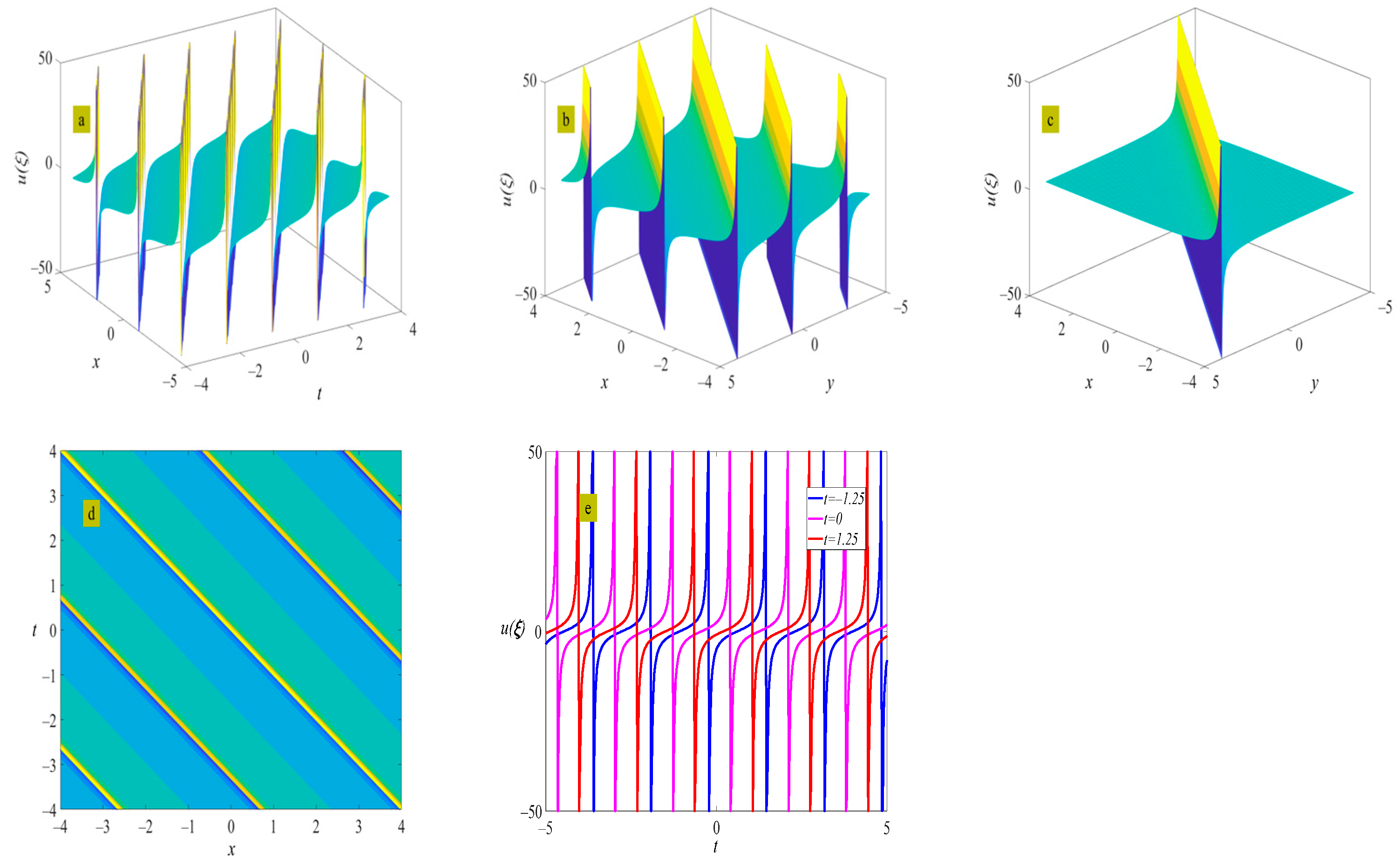


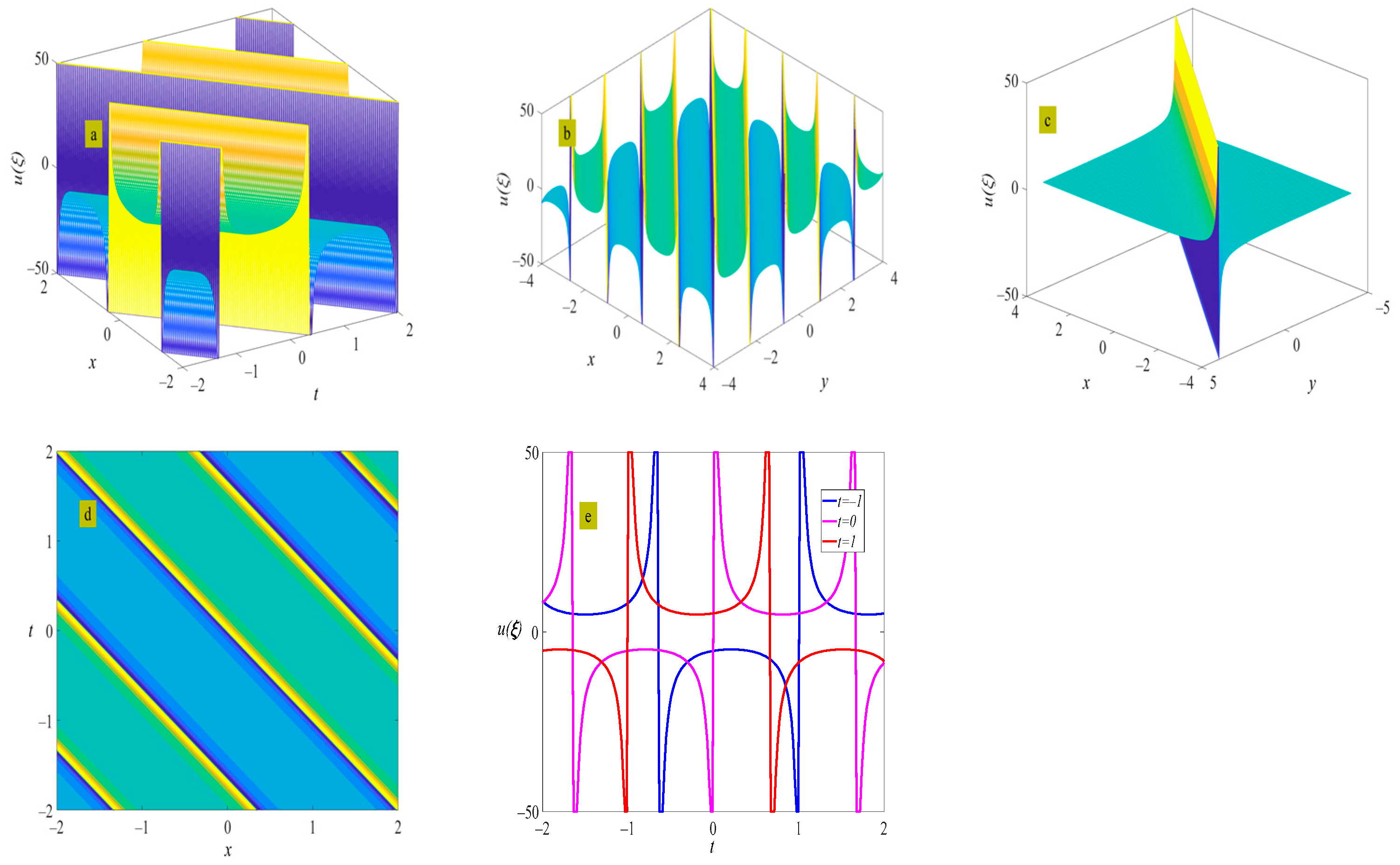
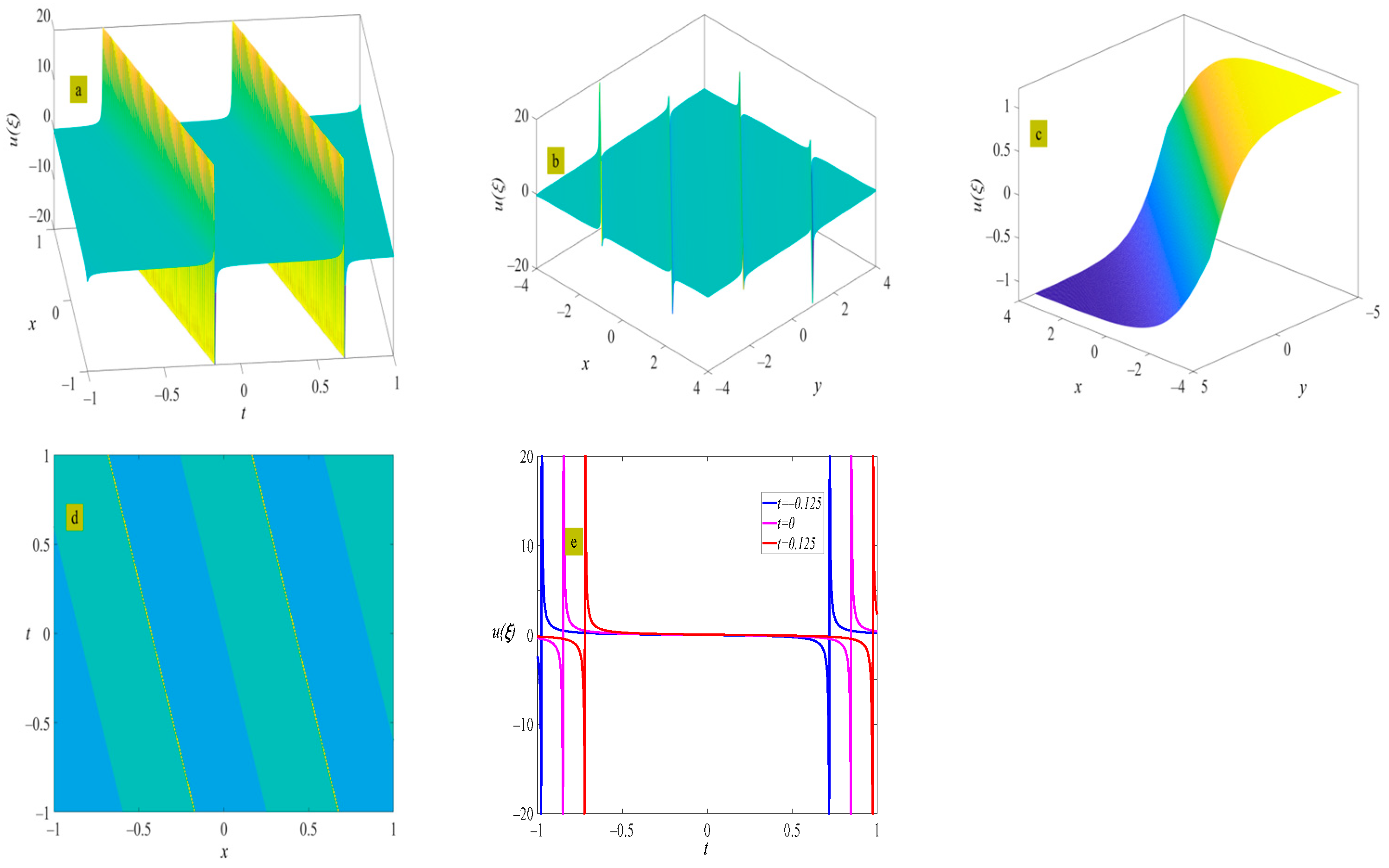
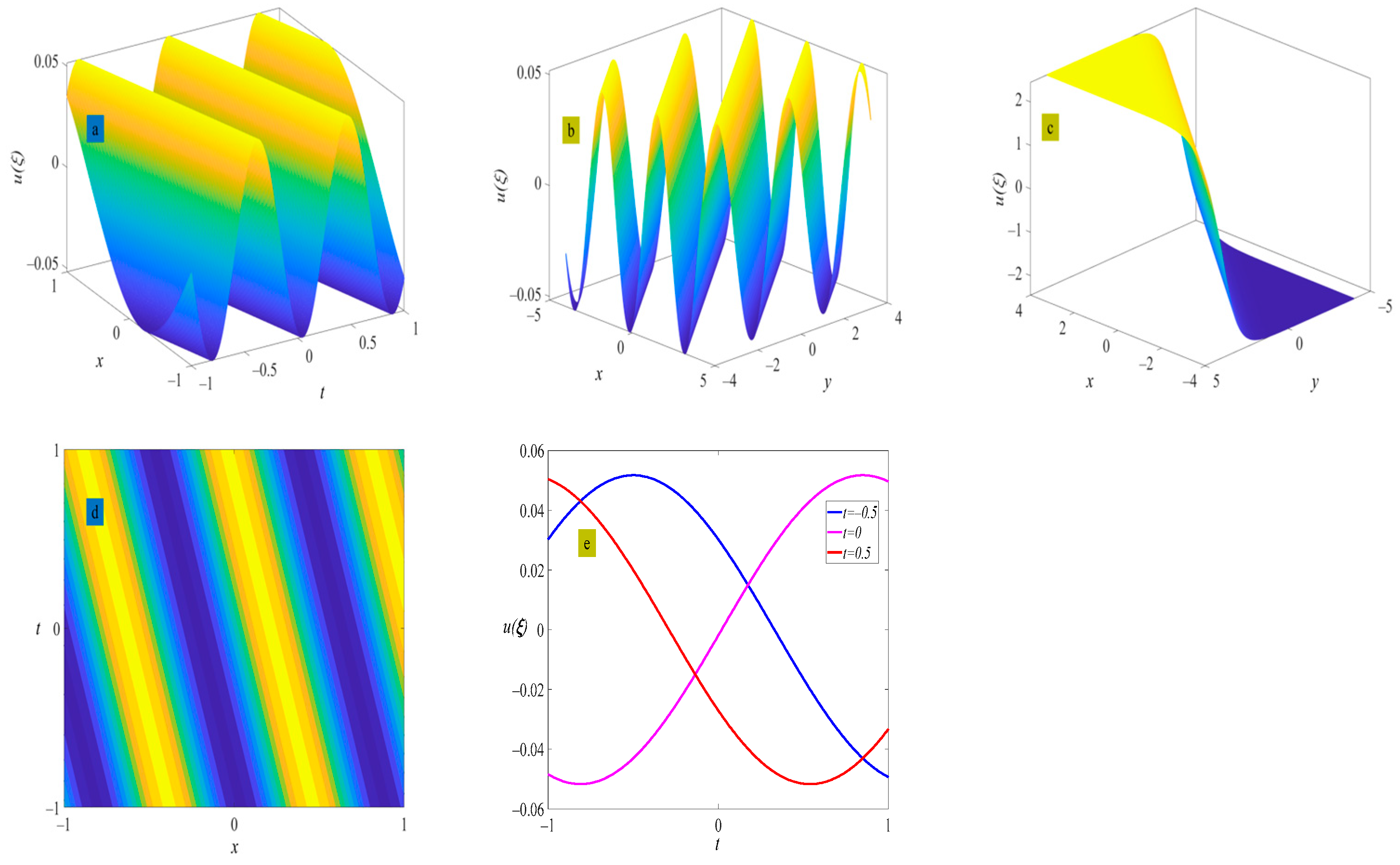
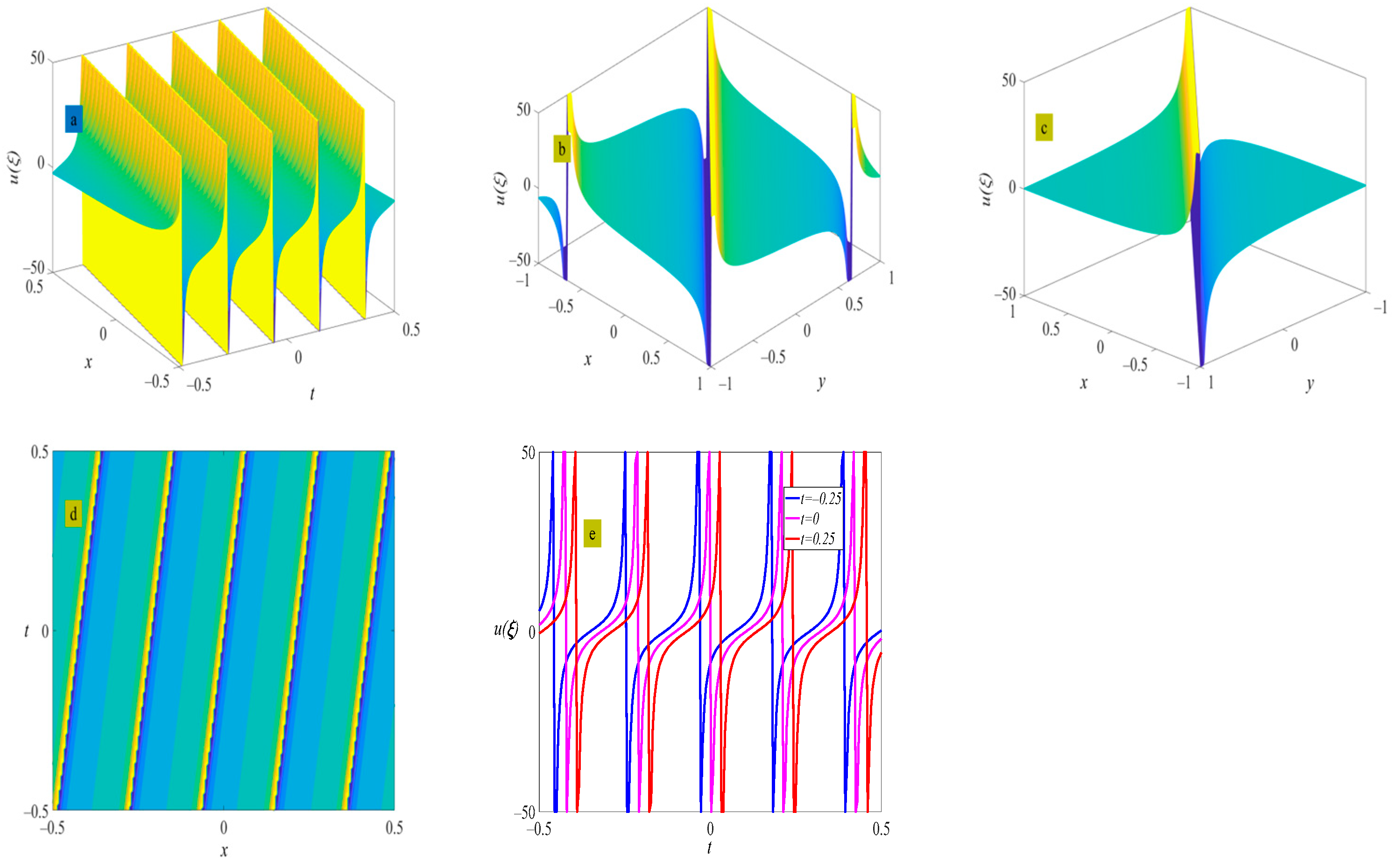
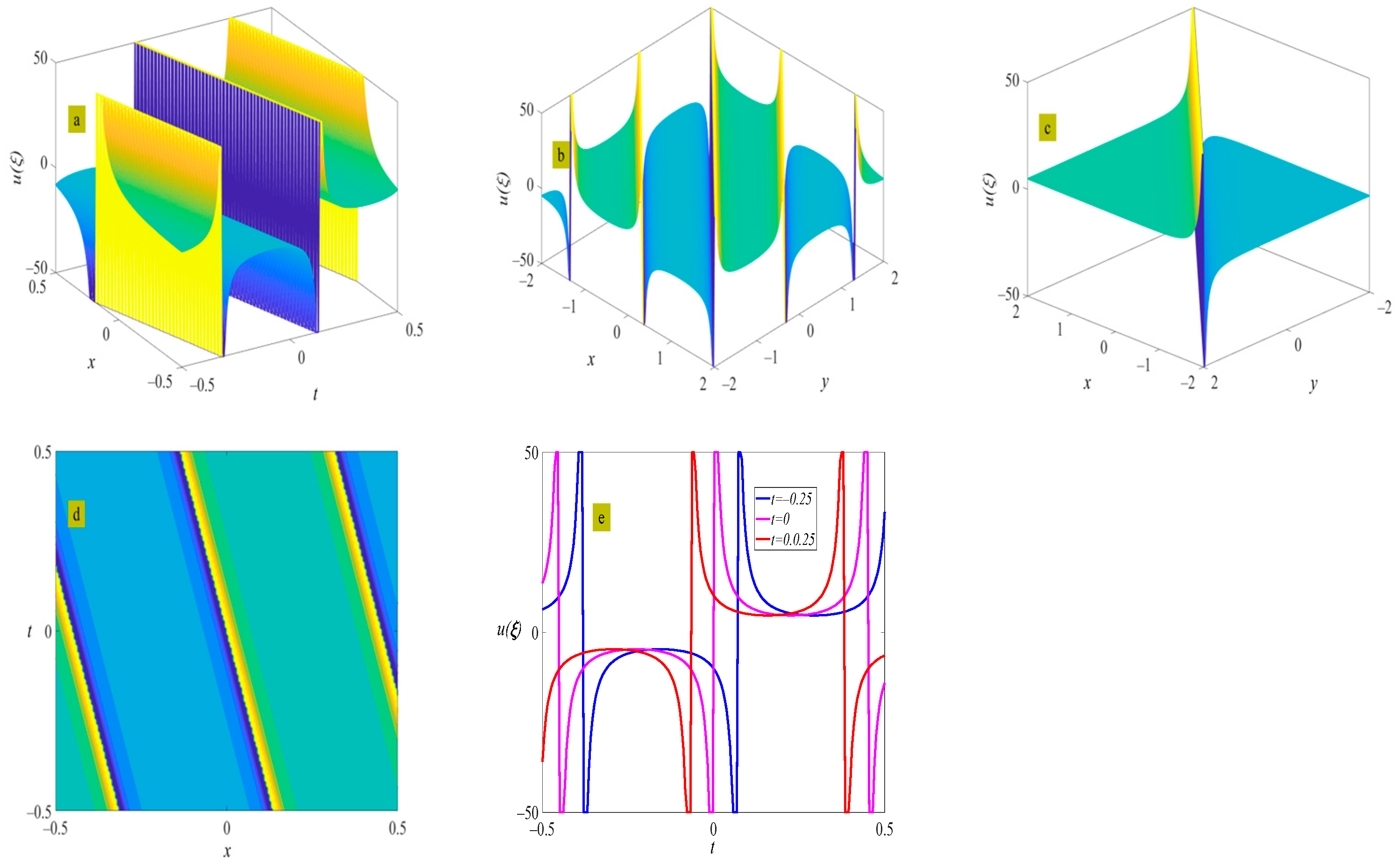
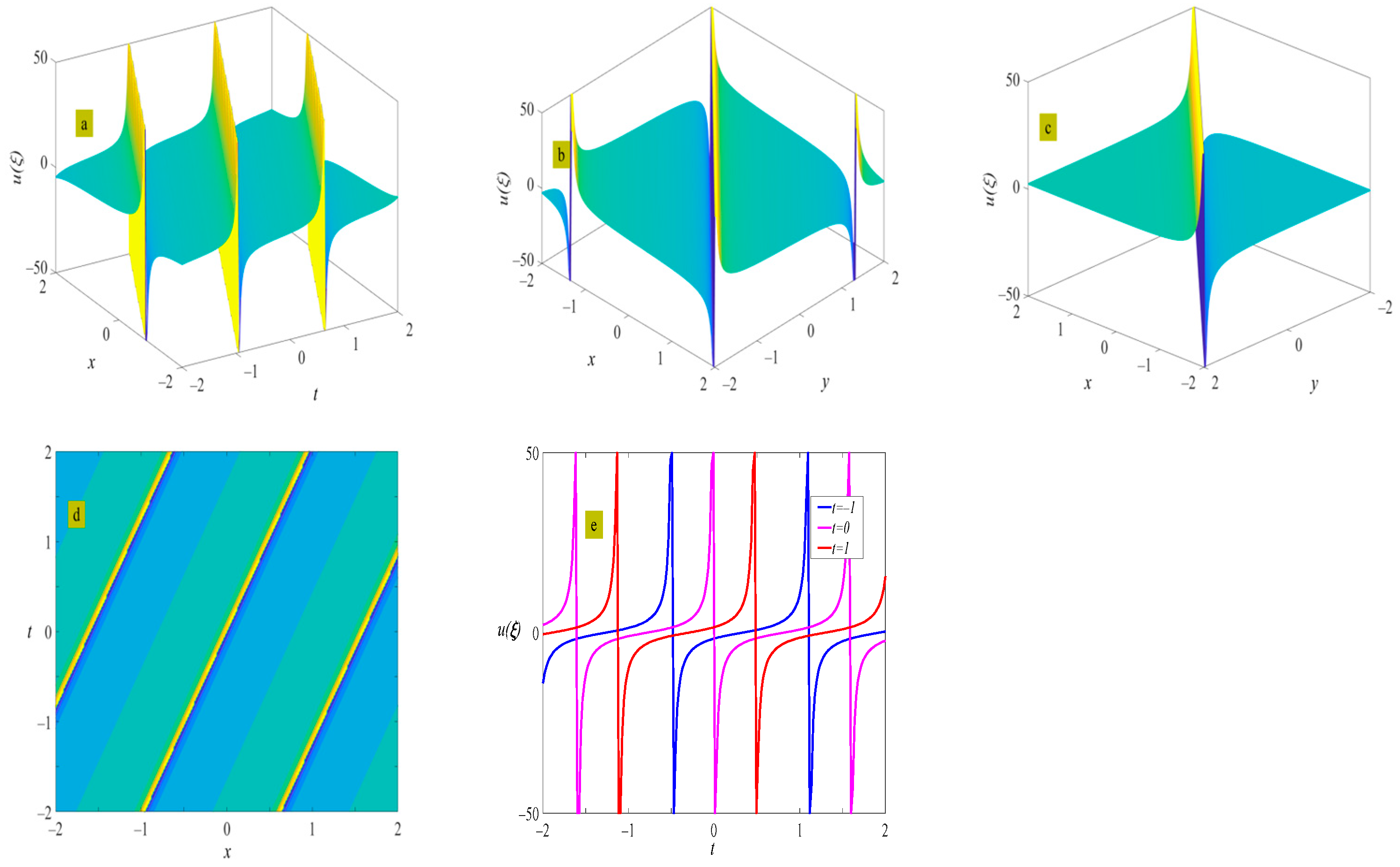





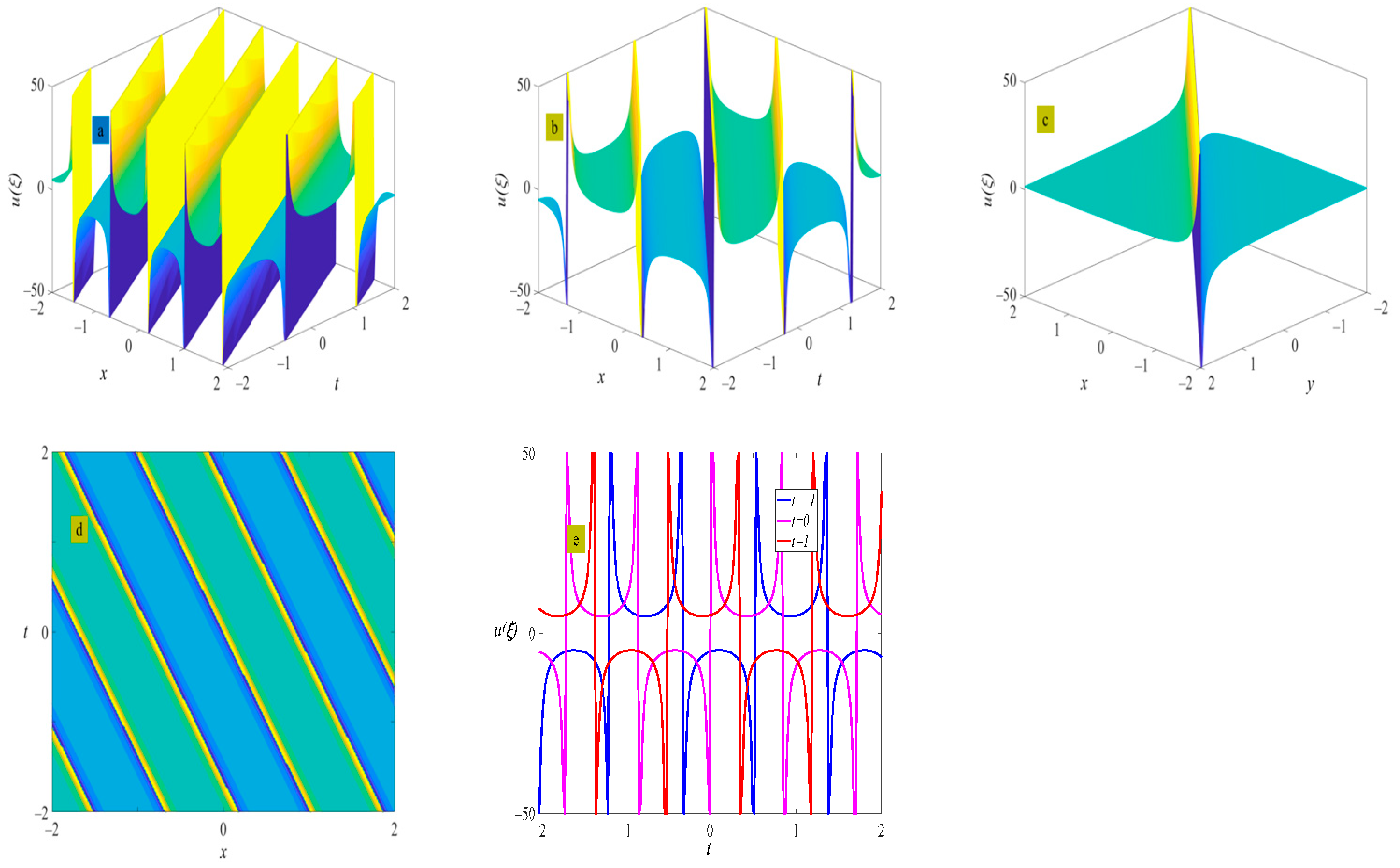







Disclaimer/Publisher’s Note: The statements, opinions and data contained in all publications are solely those of the individual author(s) and contributor(s) and not of MDPI and/or the editor(s). MDPI and/or the editor(s) disclaim responsibility for any injury to people or property resulting from any ideas, methods, instructions or products referred to in the content. |
© 2024 by the authors. Licensee MDPI, Basel, Switzerland. This article is an open access article distributed under the terms and conditions of the Creative Commons Attribution (CC BY) license (https://creativecommons.org/licenses/by/4.0/).
Share and Cite
Wu, G.; Guo, Y.; Yu, Y. New Processing Technique of Jacobian Elliptic Equation and Its Application to the (3+1)-Dimensional Modified Korteweg de Vries–Zakharov–Kuznetsov Equation. Symmetry 2024, 16, 1285. https://doi.org/10.3390/sym16101285
Wu G, Guo Y, Yu Y. New Processing Technique of Jacobian Elliptic Equation and Its Application to the (3+1)-Dimensional Modified Korteweg de Vries–Zakharov–Kuznetsov Equation. Symmetry. 2024; 16(10):1285. https://doi.org/10.3390/sym16101285
Chicago/Turabian StyleWu, Guojiang, Yong Guo, and Yanlin Yu. 2024. "New Processing Technique of Jacobian Elliptic Equation and Its Application to the (3+1)-Dimensional Modified Korteweg de Vries–Zakharov–Kuznetsov Equation" Symmetry 16, no. 10: 1285. https://doi.org/10.3390/sym16101285






